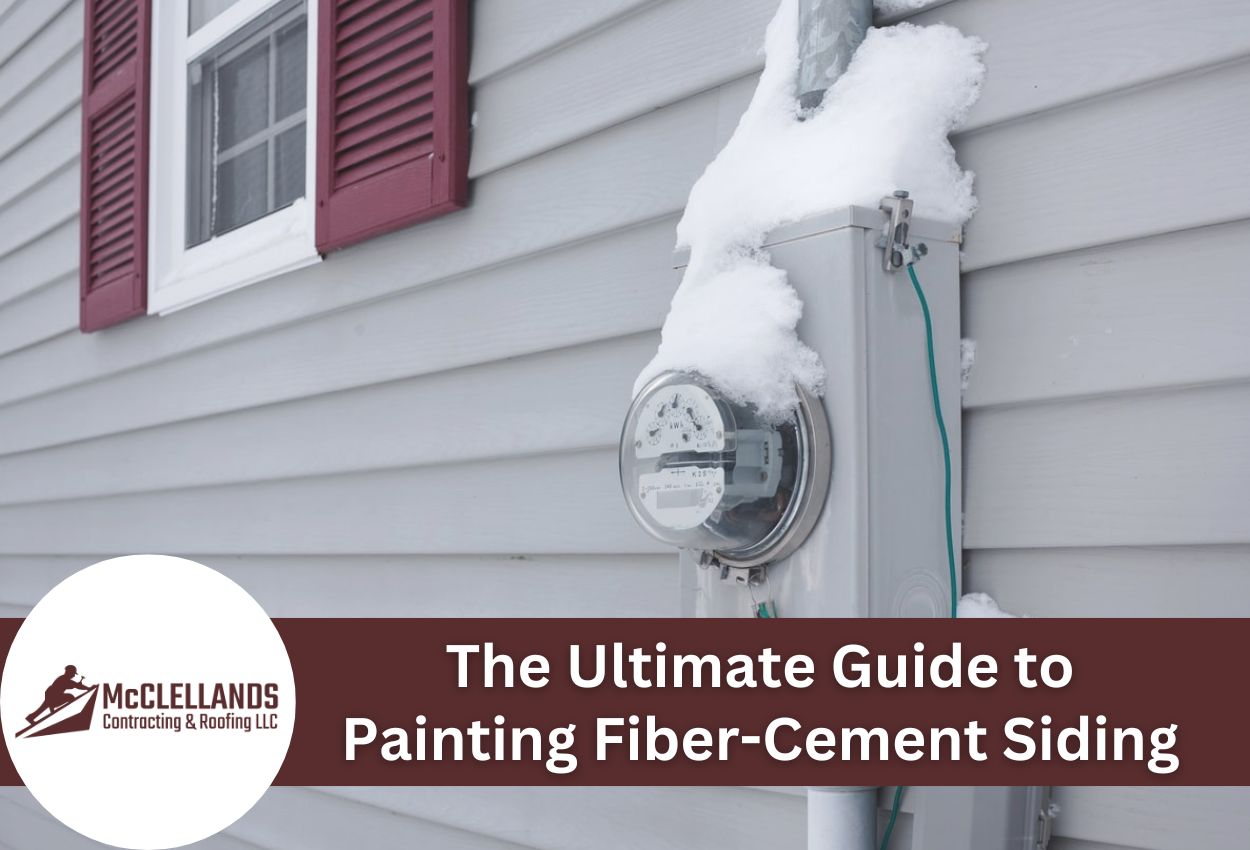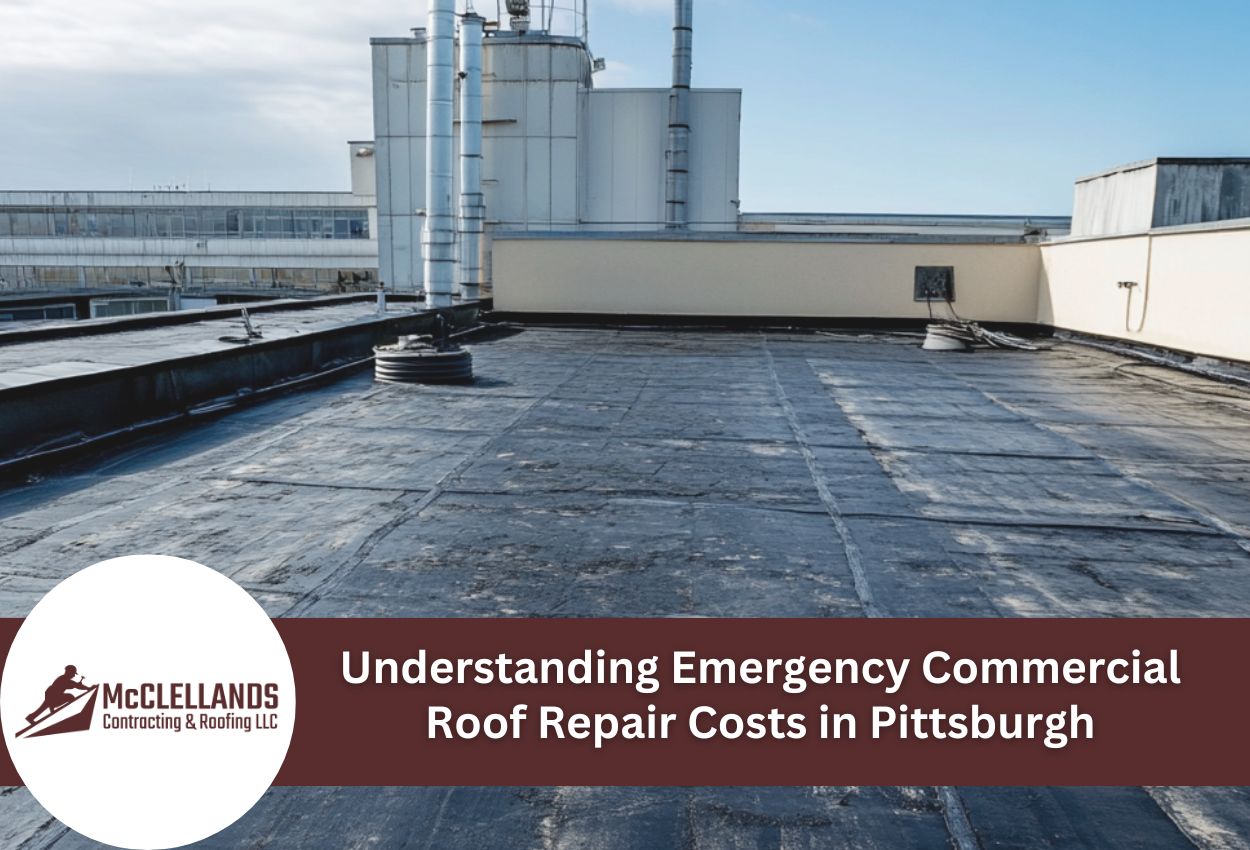Metal Roof Dent Repair: Complete Guide to Restoring Your Damaged Roof

Metal roofs offer exceptional durability and longevity, but they are still vulnerable to impact damage from severe weather and falling debris. Dents in metal roofing panels create more than just cosmetic concerns — they compromise the integrity of your roof system and can lead to serious long-term problems if left unaddressed.
When a metal roof sustains dent damage, the affected areas become weak points that can eventually develop into leaks. These compromised sections can allow moisture in, which leads to interior water damage, mold growth, and deterioration of underlying roof structures. Additionally, dented metal roofs reduce energy efficiency by disrupting water drainage and creating areas where debris accumulates.
Hail damage roof repair is one of the most common types of metal roof restoration projects. Hailstones create concentrated impact points that vary in severity depending on storm intensity and hail size. Falling tree branches, construction debris, and even heavy equipment dropped during maintenance work also cause significant dents that require professional attention.
It is important for property owners to understand that metal roof dent repair protects their investment and prevents escalating damage that leads to major roofing problems. Dented metal roofing solutions range from simple removal techniques to complete panel replacement, depending on damage severity and location.
Identifying Different Types of Metal Roof Dent Damage
Assessing metal roof dent damage begins with understanding what homeowners can safely evaluate from ground level. Binoculars can be used to examine metal panels without climbing onto the roof structure. Look for obvious depressions, changes in the roofline profile, and areas where light reflects differently across panel surfaces. However, most situations require trained technicians to access elevated areas safely and evaluate damage.
In general, metal roofing repair services classify dent damage into two primary categories that determine repair urgency and method. Cosmetic dents affect the roof’s appearance but maintain structural integrity, typically appearing as shallow depressions that don’t penetrate the metal coating or create sharp edges. These surface-level imperfections often result from small hail or minor debris impacts.
Structural damage is a more serious concern requiring immediate metal roof restoration. Deep dents that crack protective coatings, create sharp creases, or compromise panel seams allow moisture infiltration and accelerate corrosion. Hail damage roof repair is critical when dents exceed quarter-size depth or create visible stress fractures around impact points. A professional assessment is essential when dents appear near fasteners, seams, or flashing areas where water resistance and overall roof performance are affected.
DIY Repair Methods for Minor Metal Roof Dents
Minor metal roof dent repair can often be taken care of with DIY techniques when damage is shallow and accessible. The heat expansion method involves using a heat gun to warm the dented area, followed by immediate application of compressed air or dry ice to create rapid cooling. This temperature differential causes the metal to contract and often pops shallow dents back into their original position. Rubber mallets can gently tap out accessible dents from underneath when attic space allows safe access to the affected panels. These dented metal roofing solutions require patience and gentle pressure to avoid causing additional damage. Keep in mind that safety equipment, including gloves, eye protection, and proper footwear, is essential for any roofing work attempted by homeowners.
DIY metal roof restoration approaches have significant limitations that homeowners must acknowledge before attempting repairs. Working on steep roof surfaces creates serious fall hazards, while improper techniques can worsen existing damage or create new problems. Most manufacturer warranties become void when unauthorized repairs are attempted, potentially costing thousands in future coverage. Professional metal roofing repair services have specialized tools, safety equipment, and experience necessary for comprehensive hail damage roof repair. Homeowners should only attempt minor repairs on easily accessible, shallow dents while leaving structural damage to qualified roofing contractors.
Professional Repair Techniques for Extensive Damage
Professional roofing contractors use advanced metal roof dent repair methods that far exceed DIY capabilities when addressing extensive damage. Panel replacement becomes necessary when dents compromise structural integrity. Contractors remove damaged sections by carefully cutting around affected areas while preserving surrounding materials, then install matching panels that seamlessly integrate with existing roofing systems. This process requires precise measurements and specialized cutting tools to maintain proper water drainage and structural continuity.
Specialized dent removal equipment allows professionals to address damage that appears impossible to repair. Pneumatic pullers create a controlled suction force that draws out deep dents without damaging protective coatings. Heat induction tools provide precise temperature control for expansion-contraction repairs on premium metal roofing materials. Professional-grade hammers and dollies enable technicians to reshape severely distorted panels through controlled metalworking techniques that restore original panel profiles.
Professional hail damage roof repair addresses underlying structural issues that DIY methods generally do not detect or resolve. Compromised fasteners often loosen during impacts, requiring replacement with upgraded hardware that meets current building codes. Damaged underlayment beneath dented panels creates hidden moisture risks that only trained technicians can identify and repair. Metal roofing repair services often include inspections of flashing, gutters, and drainage systems that may have sustained secondary damage during the same weather event.
Expert metal roof restoration ensures long-term performance through material matching and installation techniques. Contractors often maintain relationships with manufacturers to source exact color matches and compatible materials for seamless repairs. Professional installations also include warranty coverage that protects property owners from future problems related to the repair work. While DIY repairs may seem like a good idea, working with metal roofing experts provides longer-lasting results and peace of mind.
Preventing Further Damage Before Repairs Begin
Protecting your home’s interior is critical when dents have compromised your roof’s water resistance. Emergency tarping provides immediate temporary weatherproofing that prevents additional water damage while arranging permanent metal roof dent repair. Heavy-duty tarps should be larger than the damaged areas and secured with sandbags or weighted materials rather than nails that create additional holes in the roof. Position tarps to direct water flow toward gutters and away from structural elements.
Temporary sealant applications offer quick protection for minor penetrations discovered during a metal roof assessment. Roofing cement or compatible sealants can seal small holes or cracks around severely damaged areas, but these solutions require complete replacement once permanent repairs begin. Apply sealants only in dry conditions and avoid covering large areas that contractors need to access for a hail damage roof inspection.
Weather significantly affects scheduling for metal roof repairs, as most dent removal techniques require dry conditions and moderate temperatures. Rain, snow, and high winds create safety hazards that delay repair work, while extreme temperatures affect material performance and installation quality. Spring and early summer typically provide optimal conditions for metal roof restoration projects, though emergency repairs may proceed during marginal weather when interior protection is critical.
Insurance claim coordination often influences repair timing as adjusters require access to the roof to document damage before permanent repairs begin. Schedule adjuster visits promptly while maintaining temporary weatherproofing measures to prevent claim complications and additional damage. Additionally, material availability can extend project timelines, particularly for specialty metal roofing panels or custom colors that require factory ordering. Despite these potential delays, taking steps to prevent further issues can keep your home protected, no matter the severity of the metal roof damage.
Long-term Maintenance After Dent Repair
Successful metal roof dent repair requires ongoing maintenance to ensure repaired areas continue performing as intended over time. Post-repair inspections should occur twice annually during spring and fall when weather conditions allow safe roof access. These routine evaluations focus on examining previously repaired sections for signs of coating deterioration, fastener loosening, or new damage that could compromise the restoration work.
Metal roofing professionals generally recommend specific maintenance routines that extend the lifespan of repair work. Clean newly repaired areas to prevent debris accumulation that can trap moisture against metal surfaces. Apply touch-up coatings every few years to maintain protective barriers against corrosion and weather infiltration. Document all maintenance activities with photographs and written records that support warranty claims and insurance requirements.
Protective upgrades significantly improve your roof’s ability to withstand future damage. Impact-resistant coatings provide additional protection against hail while maintaining the aesthetic appearance of repaired panels. Installing roof deck reinforcement beneath previously damaged areas creates stronger substrate support for metal panels. Upgrading fastener systems with longer screws and larger washers distributes impact forces more effectively across panel surfaces.
Other improvement options include adding protective screens over vulnerable areas like skylights and vents to reduce concentrated impact damage. Consider installing hail guards around HVAC equipment and other roof-mounted components that create impact shadows on metal panels. These preventive measures work alongside regular maintenance to maximize the long-term effectiveness of roof dent removal techniques and preserve your investment.
Choosing the Right Contractor for Metal Roof Restoration
Selecting a qualified contractor for metal roof dent repair requires verifying their credentials that ensure professional competency and legal compliance. Valid licensing demonstrates that contractors meet minimum standards for roofing work and understand local building codes. Current general liability insurance protects property owners from damage claims during repair work, while workers’ compensation coverage safeguards against injury-related liability. Request certificates of insurance directly from the contractor’s insurance provider rather than accepting photocopied documents that may be outdated or fraudulent.
Specialized experience with metal roofing systems separates qualified contractors from general roofers who primarily work with asphalt shingles. Experienced professionals understand the unique properties of different metal roofing materials and appropriate roof dent removal techniques for each type. Manufacturer certifications indicate advanced training in specific product lines and often provide access to extended warranty programs. Ask contractors about their metal roofing experience, including recent project photos and customer references for similar hail damage roof repair work.
Effective contractor vetting involves asking questions about their approach to dented metal roofing solutions and quality standards. Inquire about their specific repair process timeline, including material ordering, weather contingencies, and completion schedules. Request detailed warranty information covering both materials and workmanship, as reputable contractors stand behind their roofing work with comprehensive guarantees. Understanding their cleanup procedures, safety protocols, and communication methods helps establish expectations for professional service throughout the repair project.
Expert Metal Roof Dent Repair in Your Area
If you’ve noticed dents in your metal roof, it’s crucial to repair them as soon as possible to avoid further damage and maintain the integrity of your roof. At McClellands Contracting and Roofing, LLC, we specialize in metal roof restoration, including hail damage roof repair and comprehensive roof dent removal techniques.
Ignoring metal roof dents can lead to significant complications, such as leaks and decreased energy efficiency, which could ultimately affect your property’s value. Our team of certified professionals is equipped with advanced tools and techniques to ensure your roof is completely restored, addressing both cosmetic appearance and structural integrity.
Call McClellands Contracting and Roofing, LLC today at (412) 353-5660 to schedule a professional assessment and get your roof back to perfect condition. We are here to provide you with efficient, reliable metal roofing repair services tailored to your specific needs.




